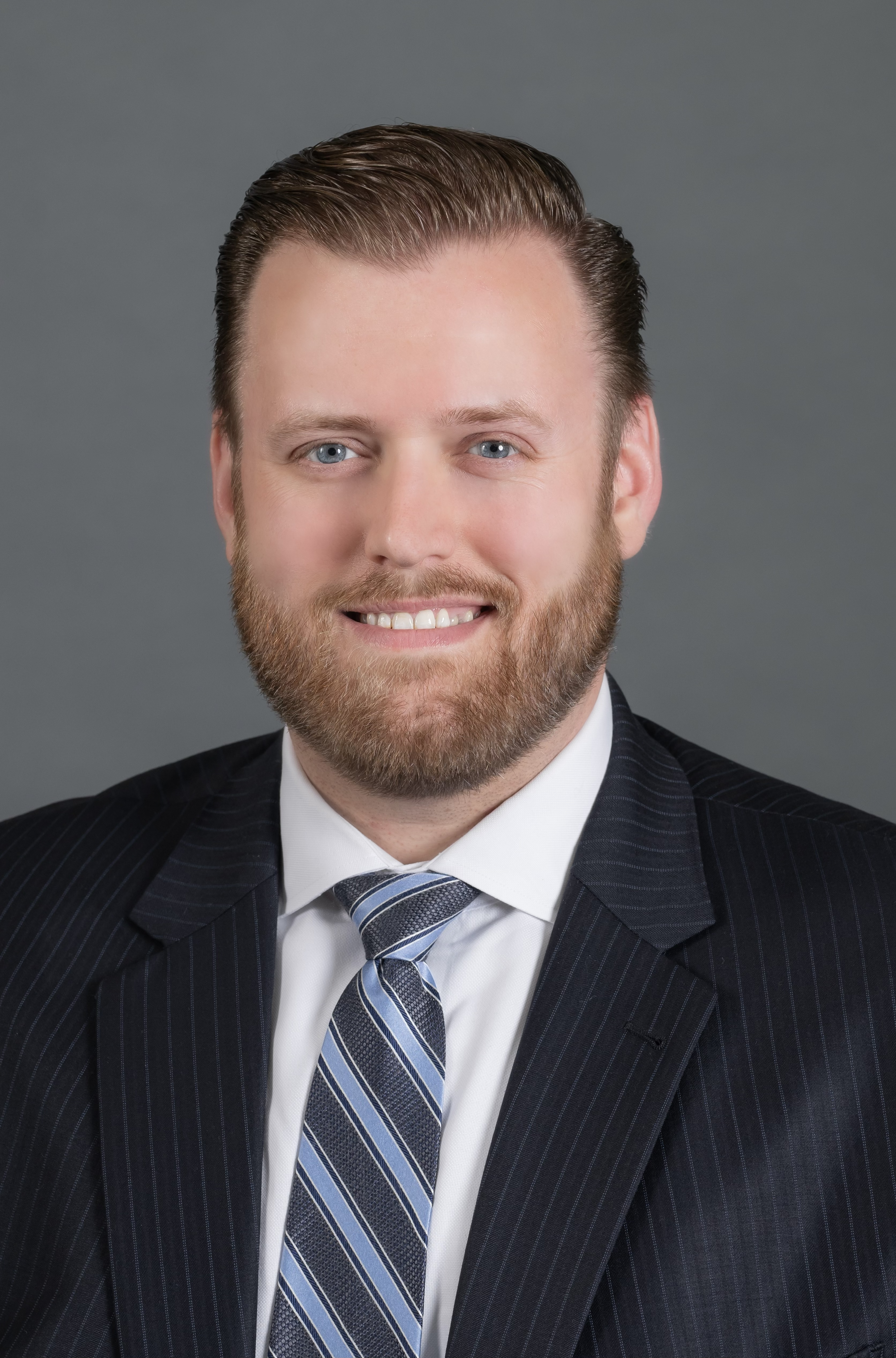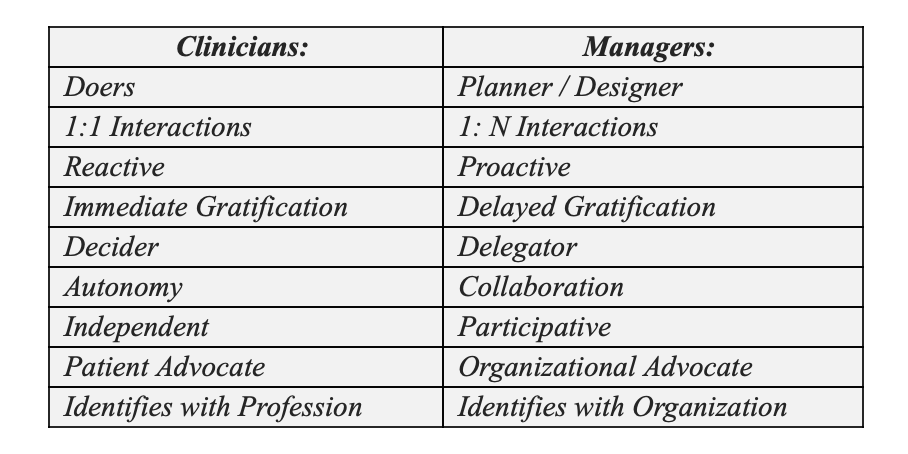The Importance of Physician Engagement in Advocacy by Andrew Wade
Andrew Wade, MBA, FACHE, FACMPE
CEO, OrthoSC

One of the most critical objectives of executive leadership within our day is locking arms with our physicians in the fight to advocate for improving the practice of medicine.
We are witnessing a time in healthcare that, by all accounts, is one of the most significant transitions in history. We’re facing a perfect storm of forces that require organizational and leadership evolution at a depth and pace that most of us have never seen before. While such an account may sound grim, I’ve never been more optimistic or hopeful about the future we can create on behalf of our communities.
In the day-to-day chaos of leading our organizations, advocacy rarely stands out as one of the “hottest irons in the fire.” However, these types of upstream issues benefit (or harm) the downstream day-to-day life of our organizations and our mission to care for our communities. I assert that we cannot ignore the need to actively participate in the advocacy process and encourage our physicians to take a leading role in these efforts.
Over my years in healthcare, I’ve found that it takes a unique physician personality to be easily engaged in advocacy but make no mistake: great physician advocates are more often created than born. Angood (2022) describes physician leaders as “interface professionals” who can bridge the medical and managerial perspectives at a level of depth that no other voice can attain. An engaged physician voice is a powerful force in helping legislators understand the real frontline needs and effects of policymaking, and this is more often than not, an area that most legislators lack the background required to understand deeply (Henry, 2021). I have found that few things can compare with the power of physician voices being at the table when important matters are being moved through the legislative process.
So, where do we start? Especially in a world where advocacy requires time and focus, both of which are always in short supply for physicians. I recommend starting by working to better understand the nature of advocacy through the lens of our physicians’ perspectives. Advocacy is a marathon, not a sprint, and it’s not uncommon for physicians, especially experienced ones, to hold a jaded opinion of it, having found the pace and complexity of the process frustrating and onerous. Sethi et al. (2013) point out that clinician advocacy on behalf of individual patients is a nearly universally expected norm, but advocacy on a broader scale can help more than just individual patients, benefiting significantly larger groups, sometimes even entire populations. While this is a straightforward concept intellectually, translating it into practice requires work. Michael Kurtz’ (1988) article “The Dual Role Dilemma” pens an exceptional comparison of the ingrained behaviors and values of clinicians and managers, distilling a list of nine key differences between the two roles:

The key concept here is that for most of our physicians, the pace, workflow, and orientation of the legislative process is significantly more aligned with the managerial orientation, which goes against the grain of the decades of training that they have completed to be able to perform their craft. This reality requires “switching hats” when transitioning between clinical care and advocacy-focused settings. The outcome of launching into any effort without this understanding and adequately set expectations is a recipe for physician frustration and an accelerated pathway to burnout.
While fixing the many broken components of our healthcare system can seem overwhelming, it’s essential for us to as executives to help our physicians remain aware of important issues taking place around us and opportunities for them to step in and make an impact. No single one of us can fix everything, but all of us can work towards improving something. It’s more important to get started than it is to have it all figured out, and importantly, the best approach will look different across different situations, settings, and communities.
At its core, advocacy is all about building relationships, and this is one of the many areas where our physicians shine the brightest. Becoming a trusted voice that legislators listen to and seek out takes time, persistence, and consistency (Weinstein & Shaffer, 2022). We must be willing to play the “long game” to see real results and improvement. It’s important to note that advocacy happens at the local, state, and national levels. While the national level gets the lion’s share of attention, local and state level policy making can have an incredible effect on the day-to-day life of our organizations and requires our fervent attention as well.
We are privileged to serve the communities that we call home, and it’s precisely that which keeps me coming back to work each day: I walk past people out in the community all the time whom I know that I’ve had a hand in helping. One of the most important and meaningful components of my advocacy journey has been encouraging and creating opportunities for my physicians to take a meaningful and impactful place in ensuring that our legislative process yields a better outcome for the health system of both today and tomorrow. I hope you’ll join me on the journey!
References:
Angood, P. (2022). Physician Leadership: More Valuable than Ever — a White Paper from the American Association for Physician Leadership®. https://doi.org/10.55834/wp.9897031832
Henry, T. A. (2021, March 15). 7 tips for physicians looking to connect with lawmakers. American Medical Association. https://www.ama-assn.org/health-care-advocacy/federal-advocacy/7-tips-physicians-looking-connect-lawmakers
Kurtz, M. E. (1988). The Dual Role Dilemma. American College of Physician Executives.
Sethi, Manish K. MD1, a; Obremskey, Allie1; Sathiyakumar, Vasanth BA1; Gill, John T. MD1; Mather, Richard C. III MD1. The Evolution of Advocacy and Orthopaedic Surgery. Clinical Orthopaedics and Related Research 471(6): p 1873-1878, June 2013. | DOI: 10.1007/s11999-013-2900-3
Weinstein, S., Shaffer, W. (2022). Advocacy to Promote Quality Musculoskeletal Care. In: Samora, J.B., Shea, K.G. (eds) Quality Improvement and Patient Safety in Orthopaedic Surgery. Springer, Cham. https://doi.org/10.1007/978-3-031-07105-8_26
We encourage you to schedule your own visit and let us help you!
If you’d like to participate in hosting a visit to your facility, please reach out to Jake Kohn (jkohn@lobbyit.com) or Jennifer Nordquest (jnordquest@aaoe.net) and include the following information:
- Your specific location (city and state)
- Your contact information
- 3-5 Sentences about what your facility does
